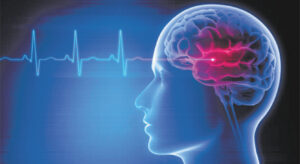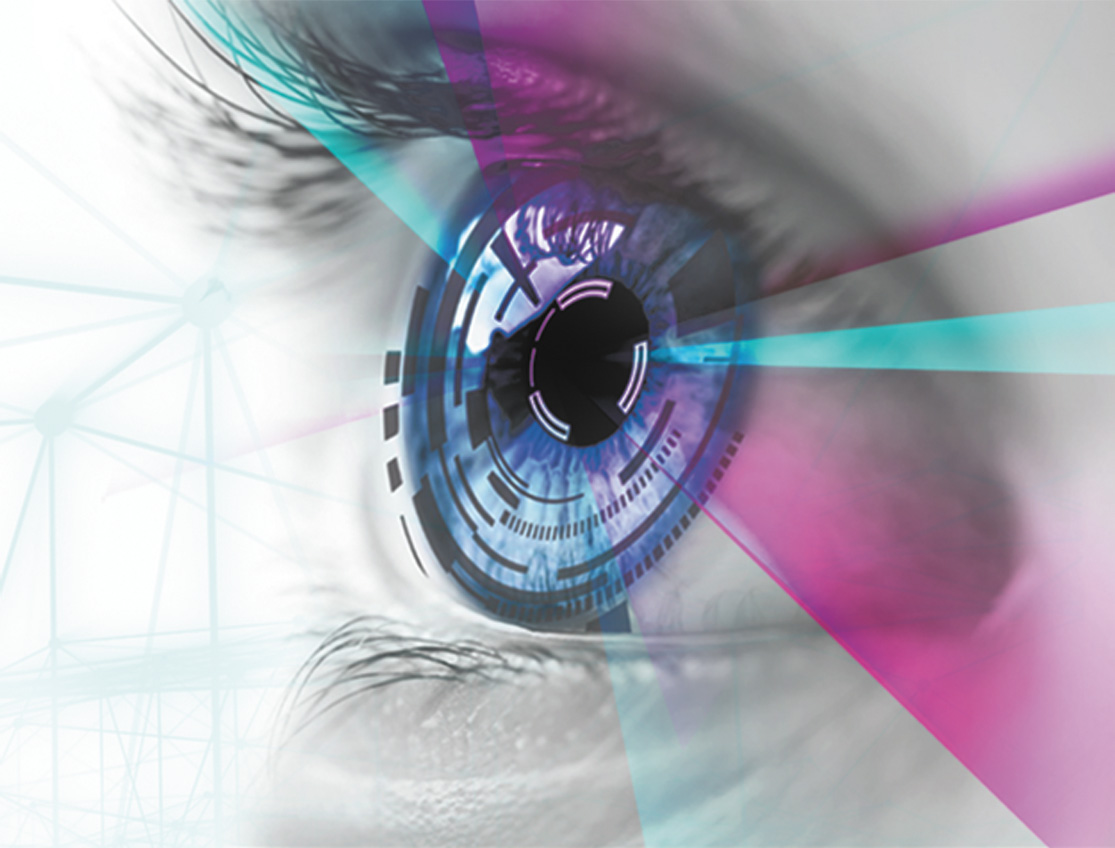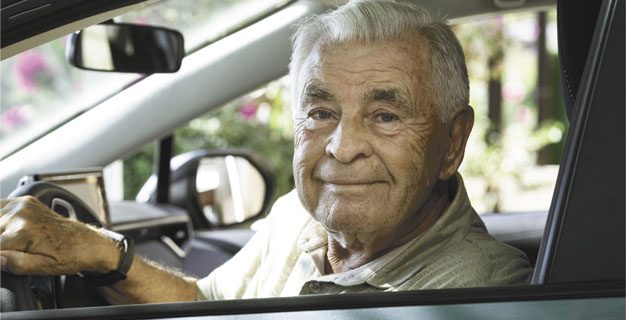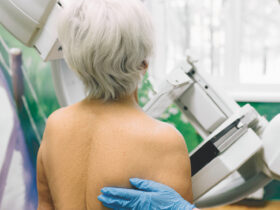 Recovering from a stroke is a complex and deeply personal journey—one that often demands more than conventional rehabilitation. That’s where BAHI Therapy steps in. This emerging integrative health protocol combines cutting-edge science with holistic healing philosophies to support whole-brain recovery and functional restoration.
Recovering from a stroke is a complex and deeply personal journey—one that often demands more than conventional rehabilitation. That’s where BAHI Therapy steps in. This emerging integrative health protocol combines cutting-edge science with holistic healing philosophies to support whole-brain recovery and functional restoration.
BAHI stands for:
• Biomodulation (Photobiomodulation or PBM)
• Air (Hydrogen Inhalation Therapy or HIT)
• Hyperbaric Oxygen Therapy (HBOT)
• Integration of Vibration Therapy
Together, these four non-invasive, research-supported therapies work synergistically to address some of the most critical challenges in post-stroke recovery, such as:
• Oxidative stress
• Neuroinflammation
• Hypoxia (low oxygen in brain tissues)
• Impaired circulation
• Neuromuscular dysfunction
Let’s break down how each component supports recovery in a way that both patients and healthcare professionals can appreciate.
1. Hydrogen Inhalation Therapy (HIT)
After a stroke, the brain undergoes a cascade of cellular damage triggered by oxidative stress—an overproduction of unstable molecules called free radicals. Hydrogen gas (H₂) is a selective antioxidant, meaning it only targets the most harmful radicals like hydroxyl and peroxynitrite, without interfering with the body’s normal healing signals.
How it helps:
• In animal models, hydrogen inhalation reduced the size of brain infarcts (areas of dead tissue) and preserved neurological function.
• In human trials, particularly for cardiac arrest patients with similar oxidative brain stress, HIT improved neurological recovery and survival outcomes.
Why it matters:
Hydrogen therapy is safe, fast-acting, and supports neuroprotection during the brain’s critical window of healing—potentially preserving brain function before irreversible damage sets in.
2. Photobiomodulation (PBM)
PBM, also known as low-level laser therapy, uses specific wavelengths of red or near-infrared light to stimulate cellular repair.
What it does:
• Energizes the mitochondria (the “powerhouses” of cells) to increase ATP production, which is crucial for brain cell survival and repair.
• Triggers neurogenesis (formation of new brain cells).
• Reduces neuroinflammation by regulating overactive immune cells in the brain (microglia).
• Enhances blood flow and oxygen delivery.
What the research says:
Clinical and pre-clinical studies support PBM’s ability to restore neurological function, especially in brain injury and stroke models. It has even shown potential in conditions like Parkinson’s and Alzheimer’s, where mitochondrial dysfunction and neuroinflammation play key roles.
3. Hyperbaric Oxygen Therapy (HBOT)
In HBOT, patients breathe inside a pressurized chamber. This therapy dramatically increases oxygen levels in the bloodstream by pushing the hydrogen molecules inhaled during BAHI Therapy deeper into the brain and muscle tissues. This delivers oxygen to brain areas that are often starved of it after a stroke.
Why this matters:
• Oxygen is vital for cellular repair, but stroke often disrupts normal blood flow.
• HBOT promotes angiogenesis (growth of new blood vessels) and enhances brain metabolism.
• It can reactivate dormant neurons in the brain’s penumbra—the area surrounding stroke-damaged tissue that is still salvageable.
Proven benefits:
• Clinical studies have shown HBOT can improve cognition, language, memory, motor skills, and overall quality of life—even months or years after the initial stroke.
• A protocol of 40–60 sessions has been linked to statistically significant improvements in long-term stroke outcomes.
4. Vibration Therapy
Vibration therapy uses mechanical oscillations to stimulate the nervous system and muscles. While often used in sports recovery and physical rehab, it’s increasingly being recognized for its role in neurological conditions.
Benefits for stroke patients:
• Enhances circulation and nutrient delivery to tissues.
• Stimulates proprioception (body awareness) and sensory feedback pathways.
• Supports neuromuscular reeducation, helping retrain the body to move with greater coordination and strength.
When used alongside PBM, HBOT, and HIT, vibration therapy may help “wake up” dormant pathways, reinforce motor learning, and accelerate physical recovery.
Why BAHI Therapy Works: A Synergistic Healing Model
While each of these therapies provides its own benefits, their combined application amplifies healing potential. BAHI Therapy addresses multiple aspects of stroke pathology—something that few single treatments can achieve.

A New Era in Stroke Recovery
BAHI Therapy offers a non-invasive, drug-free, and personalized approach to stroke rehabilitation—grounded in both clinical research and the body’s natural regenerative capacity.
For patients, this means more control over your healing journey—and hope for recovery, even if traditional methods haven’t worked.
For clinicians, BAHI Therapy represents a next-generation neurorehabilitation strategy, one that leverages technology, metabolic science, and functional healing principles in a coordinated, evidence-based manner.
At Brain Rejuvenation Clinic of Naples, we are here to help you and your loved ones dealing with the physical repercussions of stroke. We are located at 1729 Heritage Trail, Unit # 901. Call us at (239) 877- 2900 to schedule a consultation or to learn how our holistic approach can benefit you. We look forward to hearing from you!
Brain Rejuvenation Clinic of Naples
239-877-2900
BrainRejuvenationClinic.com
1729 Heritage Trail, # 901 Naples, FL 34112








